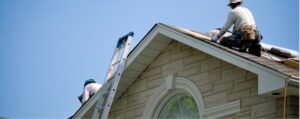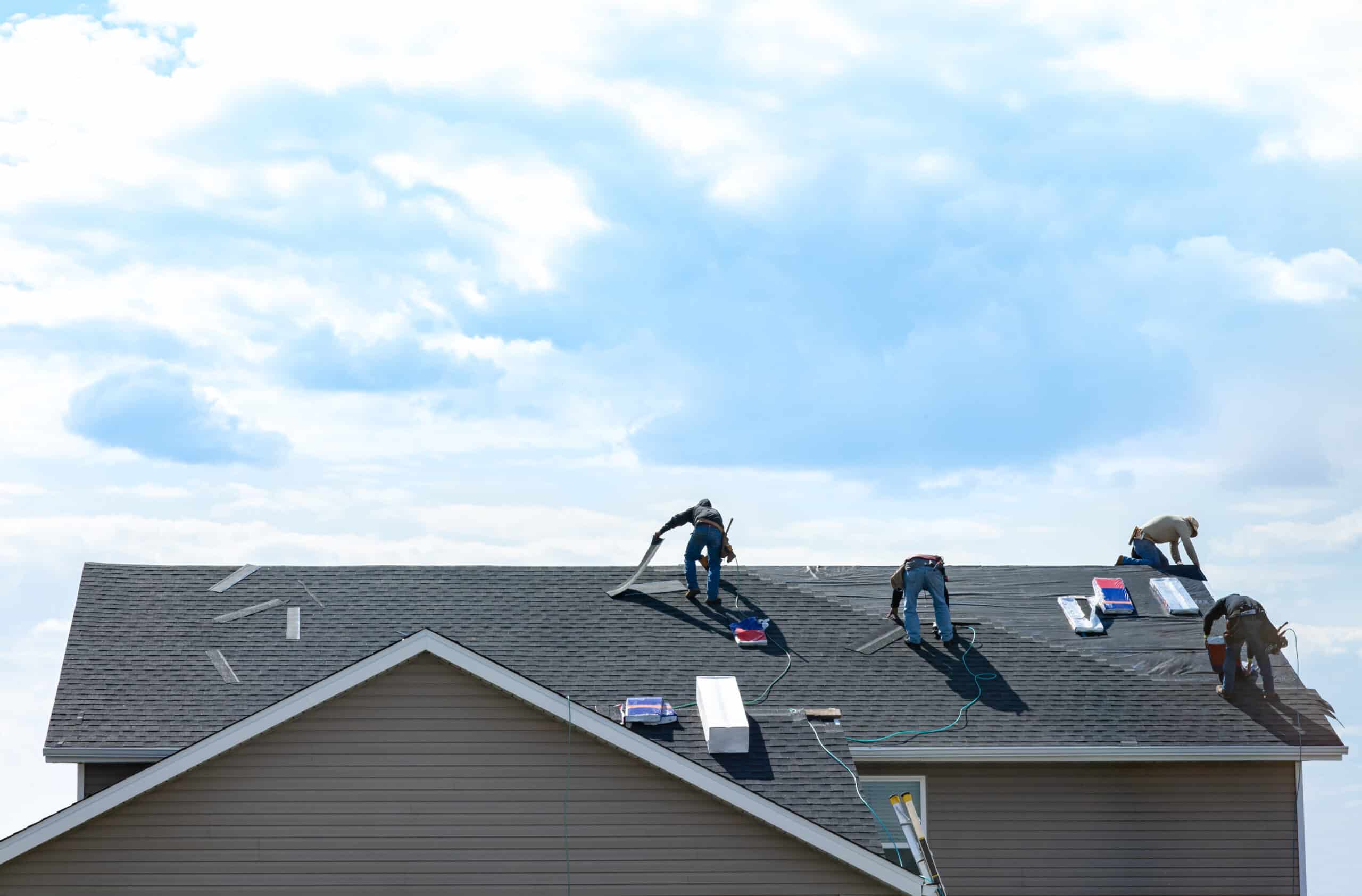When it comes to home improvement, reroofing is a significant project that can have lasting impacts on both the appearance and functionality of a home. However, as we become more aware of environmental issues, homeowners are increasingly looking for ways to make sustainable choices when it comes to roofing materials. Sustainable roofing materials not only help reduce the carbon footprint of your home but can also contribute to energy savings, reduced waste, and a healthier environment. In this blog post, we’ll explore the various environmental benefits of reroofing with sustainable materials and why it’s a smart choice for homeowners and the planet.
Reducing Energy Consumption with Reflective Roofing
 One of the key environmental benefits of using sustainable materials for reroofing is their ability to enhance energy efficiency. Certain materials, like cool roofs, reflect more sunlight and absorb less heat compared to traditional roofing options. This reduces the need for air conditioning during hot summer months, leading to lower energy consumption. As a result, homes with cool roofs tend to stay cooler, reducing the need for artificial cooling and lessening the strain on local power grids. By choosing materials that promote energy efficiency, homeowners contribute to a more sustainable energy ecosystem while also saving money on utility bills.
One of the key environmental benefits of using sustainable materials for reroofing is their ability to enhance energy efficiency. Certain materials, like cool roofs, reflect more sunlight and absorb less heat compared to traditional roofing options. This reduces the need for air conditioning during hot summer months, leading to lower energy consumption. As a result, homes with cool roofs tend to stay cooler, reducing the need for artificial cooling and lessening the strain on local power grids. By choosing materials that promote energy efficiency, homeowners contribute to a more sustainable energy ecosystem while also saving money on utility bills.
Minimizing Waste through Recycled and Recyclable Materials
Sustainable roofing materials often include recycled content, which helps minimize the environmental impact of production. For example, many metal roofs are made from a high percentage of recycled steel, which reduces the need for raw materials and the energy used in mining and production. Additionally, materials like slate and clay tiles can be recycled at the end of their life, which reduces the amount of waste that ends up in landfills. By opting for recyclable or recycled roofing materials, homeowners can play a role in the circular economy, where materials are reused and repurposed, helping to preserve valuable resources.
Lowering the Carbon Footprint
Every building project contributes to the release of carbon emissions, but by choosing sustainable roofing materials, homeowners can significantly reduce the carbon footprint of their reroofing project. Materials such as bamboo, reclaimed wood, and natural slate require less energy to produce compared to conventional roofing materials like asphalt shingles. Additionally, many sustainable roofing options, such as metal and tile, have longer lifespans, which means fewer replacements and repairs are needed over time. This reduction in material consumption ultimately results in lower overall emissions, making sustainable reroofing a smart choice for those looking to minimize their environmental impact.
Improving Air Quality with Non-Toxic Materials
Another environmental benefit of reroofing with sustainable materials is the improved air quality that comes with using non-toxic, low-emission options. Traditional roofing materials, such as asphalt shingles, may contain harmful chemicals that can off-gas into the air over time. Sustainable roofing materials, on the other hand, are often free of these harmful chemicals and are safer for both the home’s occupants and the surrounding environment. For example, some eco-friendly roofing materials, like certain types of rubber or clay, are naturally resistant to mold and mildew, which can improve indoor air quality and reduce the need for chemical treatments.

Supporting Sustainable Forest Management
Wood is a renewable resource, but not all wood products are sustainably harvested. However, when homeowners choose sustainably sourced wood for their roofing project, they are supporting responsible forest management practices. This includes the protection of biodiversity, the prevention of deforestation, and the promotion of reforestation efforts. For instance, certified wood products, like those bearing the Forest Stewardship Council (FSC) label, ensure that the wood comes from well-managed forests that prioritize long-term ecological health. By opting for certified wood materials, homeowners can ensure that their roofing choice supports environmental sustainability while also promoting the health of our forests.
